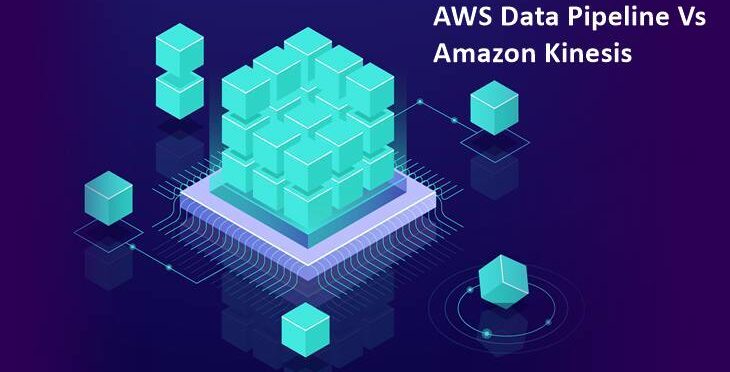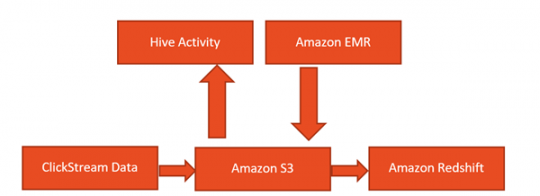Web services such as Amazon Web Services have transformed the way data is stored, and most organizations have opted for cloud migration.
The growing impact of AWS has led to companies opting for services such as AWS data pipeline and Amazon Kinesis which are used to collect, process, analyze, and act on the database.
AWS Data Pipeline:
AWS data pipeline is an online service with which you can automate data transformation and data movement.
In simpler words, it is the process of defining a set of activities that take place after the successful completion of the previous activity. This allows you to track the status, summary of the defined process in a quick glance.
Amazon Kinesis:
Amazon Kinesis is used to collect large data from multiple sources and process and analyze it within seconds.
This allows you to easily write codes for applications to process real-time reports from website clickstreams, marketing information, and other similar information.
Kinesis can be further segregated into Data Streams, Data Firehose, and Data Analytics platforms which are compatible with each other.
Difference between AWS Data Pipeline and Kinesis
Data Pipeline Process
Kinesis Data Stream Process
AWS Data Pipeline gathers the data and creates steps through which data collection is processed on the other hand with Amazon Kinesis you can collectively analyze and process data from a different source.
So the process is step-by-step in the pipeline model and real-time in the Kinesis model.
Also Read: AWS Glue Vs. EMR: Which One is Better?
AWS Data pipeline collects the data, processes it, and sends it to tools like Amazon S3 for analysis and further action; while you can process, analyze and act on the information received in the Amazon Kinesis itself.
AWS data pipeline comes in with two pricing models such as low frequency which costs around $0.6 per month and high frequency which costs about $1 per month for each activity.
You can also start with free service as a part of AWS’s Free Usage Tier
While in the case of Amazon Kinesis, you can either opt for shard hour which costs roughly around $0.015 per hour; or you can go for a PUT payload unit which costs around 0.0185 per 1,000,000 units.
Kinesis services do not fall under the AWS free usage tier.
AWS data pipeline is easy to understand and operate with its drag and drop console; so you don't need to write any codes for these operations.
But, in the case of Kinesis platforms, you need the help of software developers to write the codes. Even though these codes are not complex in nature, you'll still be needing some technical help.
You can do the real-time analysis of data performance in Amazon Kinesis which helps you in drawing conclusions and eases the decision-making process.
But in the case of the AWS data pipeline, you have to be dependent on the other sources for the analysis; which means dependability on other platforms for decision making.
You May Also Like to Read:
How to Protect your Public Data with Open Source Intelligence







